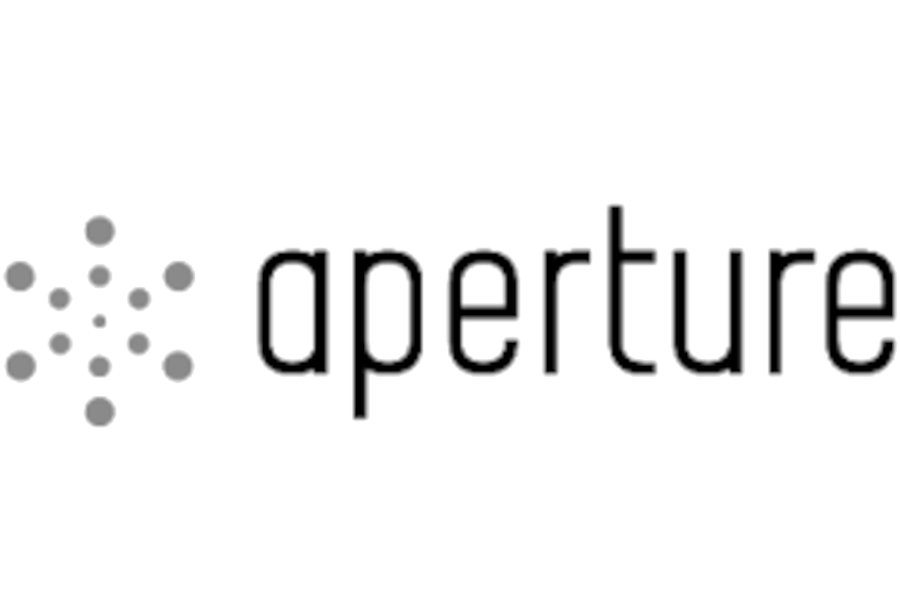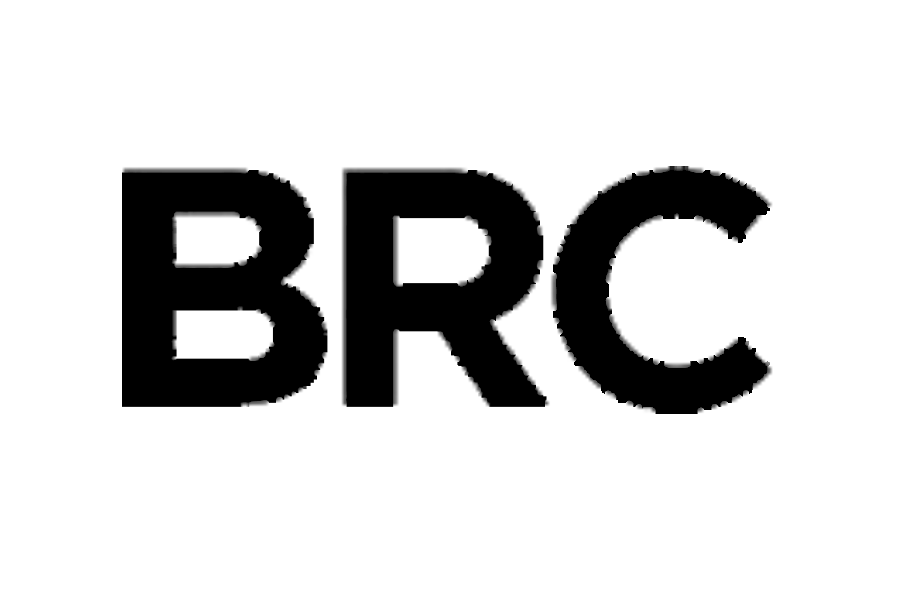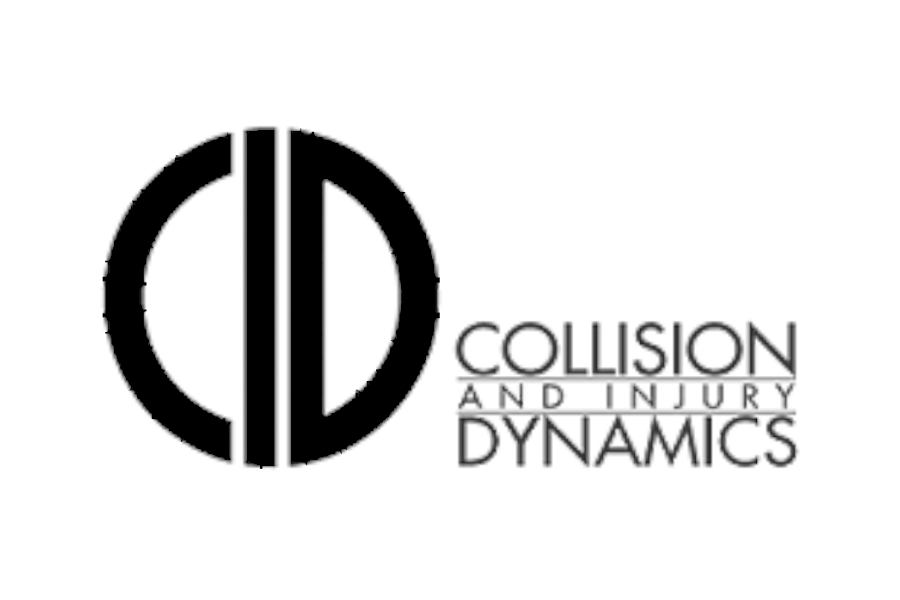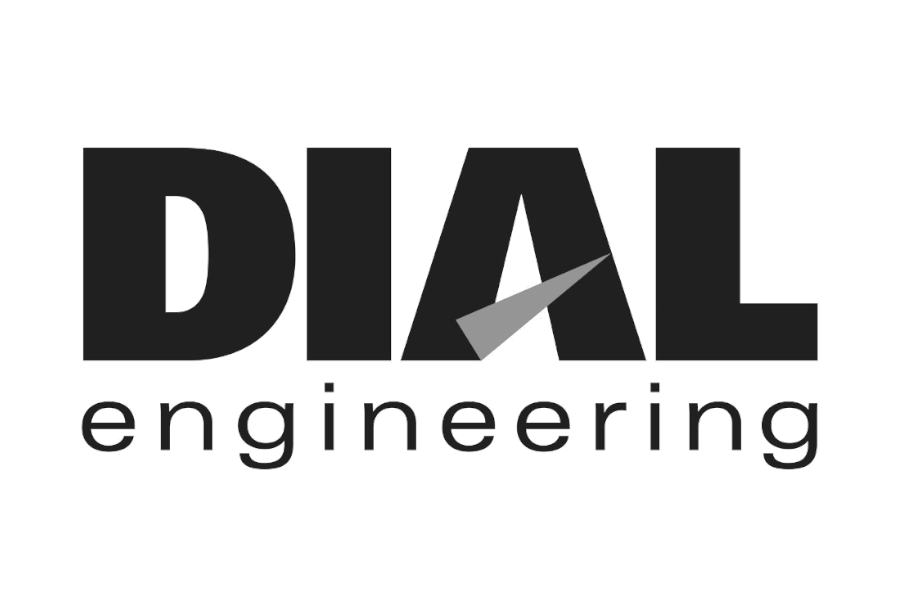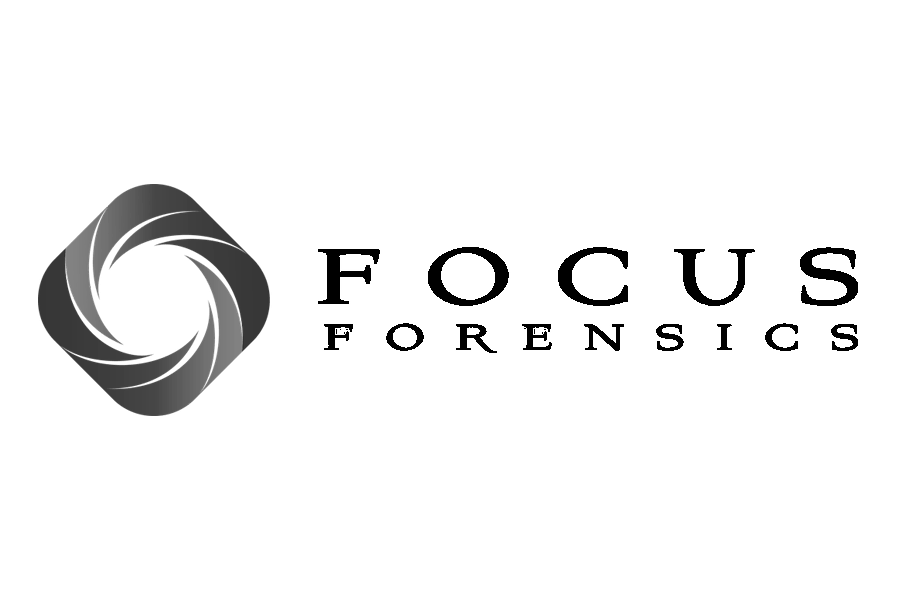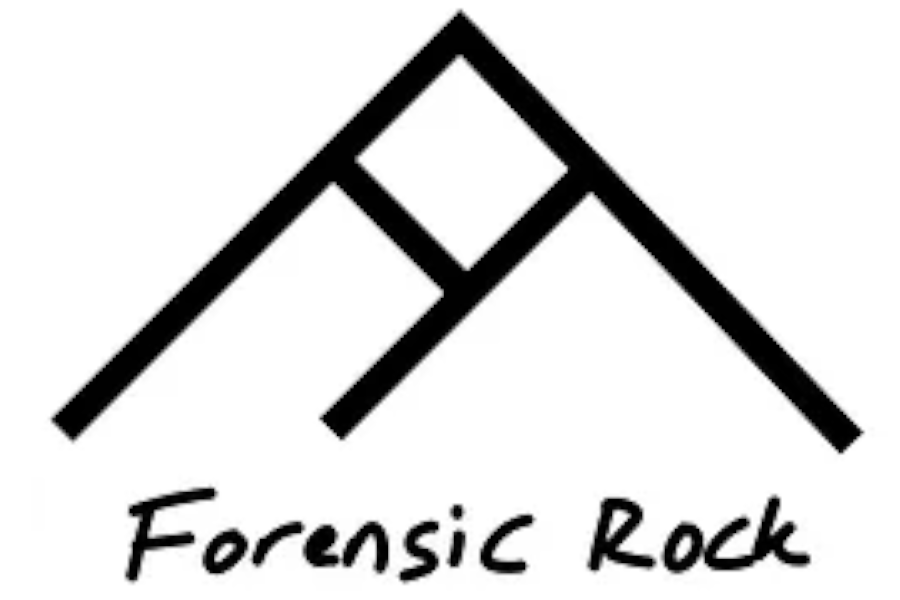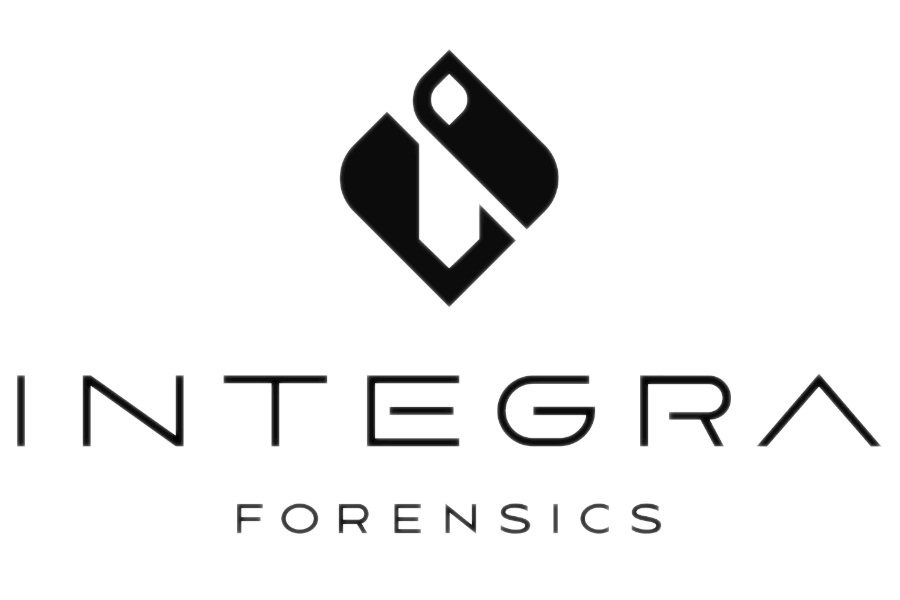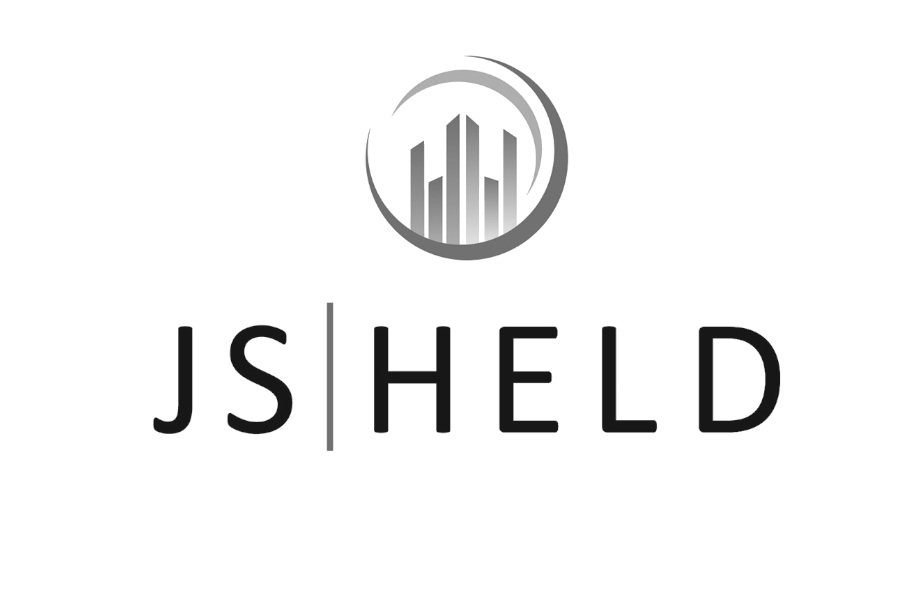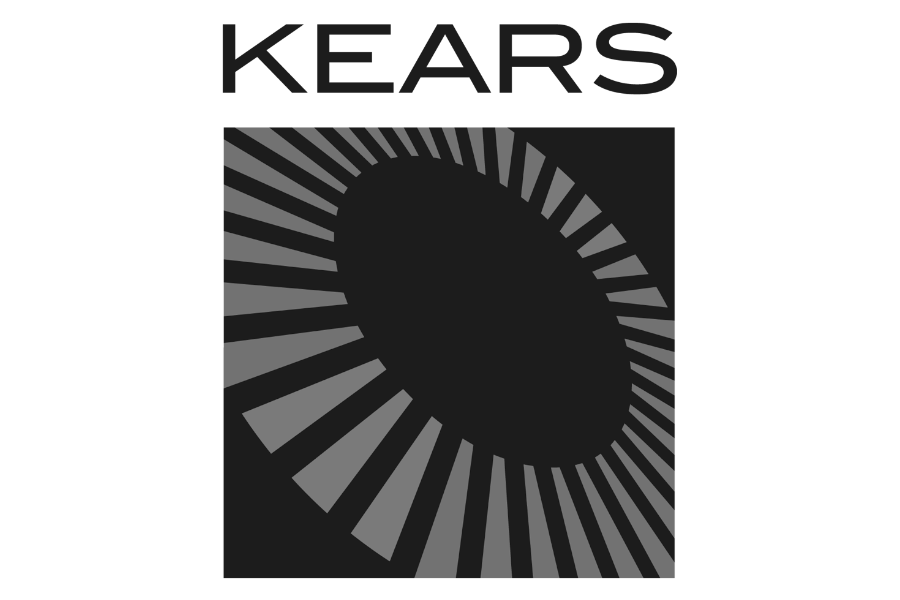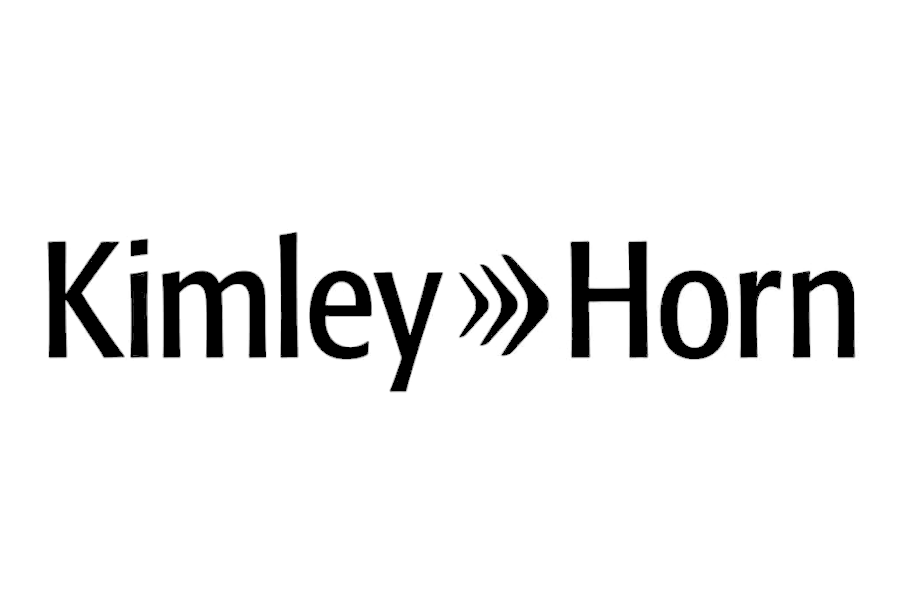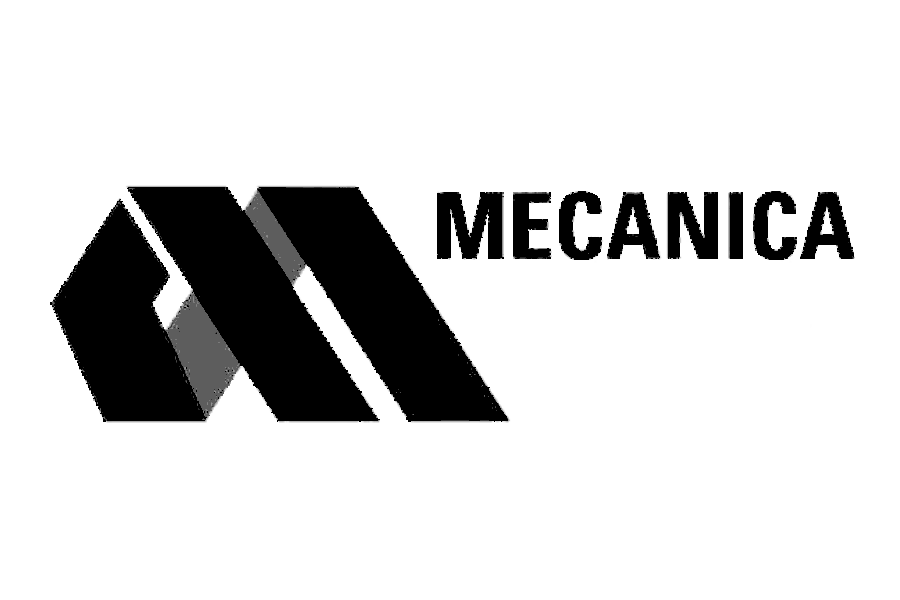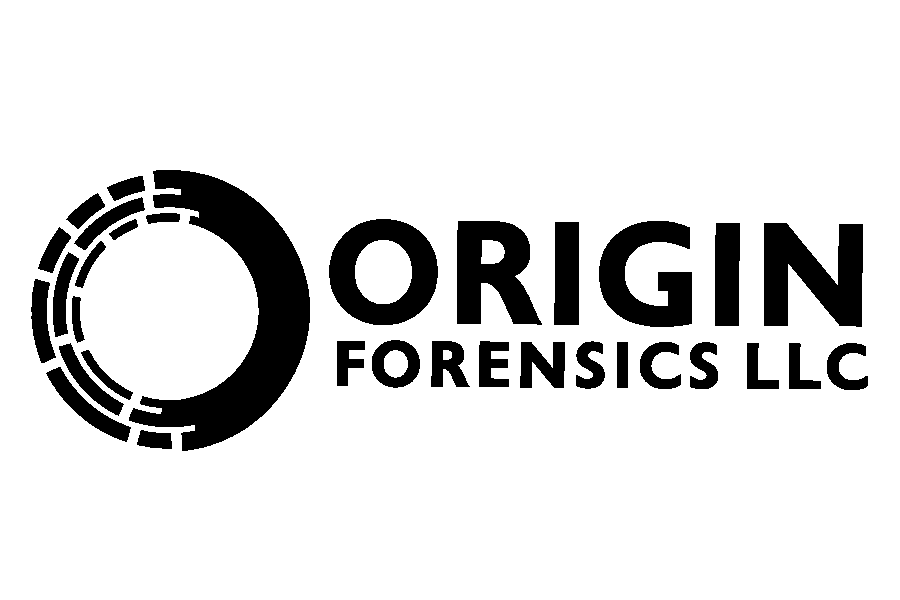Sent on October 17, 2025
We’re some of the highest paid professional photographers in the world. According to the Bureau of Labor Statistics, the median pay for photographers in 2024 was $20.44/hr. Most recons earn ~10-20X that rate when wielding a camera… granted, we’re simultaneously exercising our subject matter expertise.
Nevertheless, photographs are one of the best tools for presenting your findings. A deformed filament, a license plate impression, paint transfers, tire marks, gouges, fluid debris, etc.; it’s almost always going to be presented to the trier of fact via photographs. As such, I feel obliged to know a lot about photography and put in the work to continually improve.
Fortunately, modern camera technology is making it easier and easier. Proper exposure and accurate focus combine to make an effective image, and modern metering, focusing algorithms, and sensor sensitivity continue to advance.
However, it’s still vital to understand the basics of photography: aperture, shutter speed, and ISO (the exposure triangle). Once you understand these principles and how they affect each other, the world is your oyster. My favorite book on the topic is Understanding Exposure by Bryan Peterson. It’s a quick read with lots of good examples that'll give you a solid foundation.
If you want to dive deeper down the forensic-photography rabbit hole, check out Tom Vadnais. He’s a black belt and teaches three-day and micro-courses for SAE, and can be found on Eugene’s podcast here.
Thanks for reading, keep learning!
Lou Peck
Lightpoint | JS Forensics
P.S. A new Data Driven podcast featuring motorcycle EDR guru Ed Fatzinger was released this week; listen or watch here!






